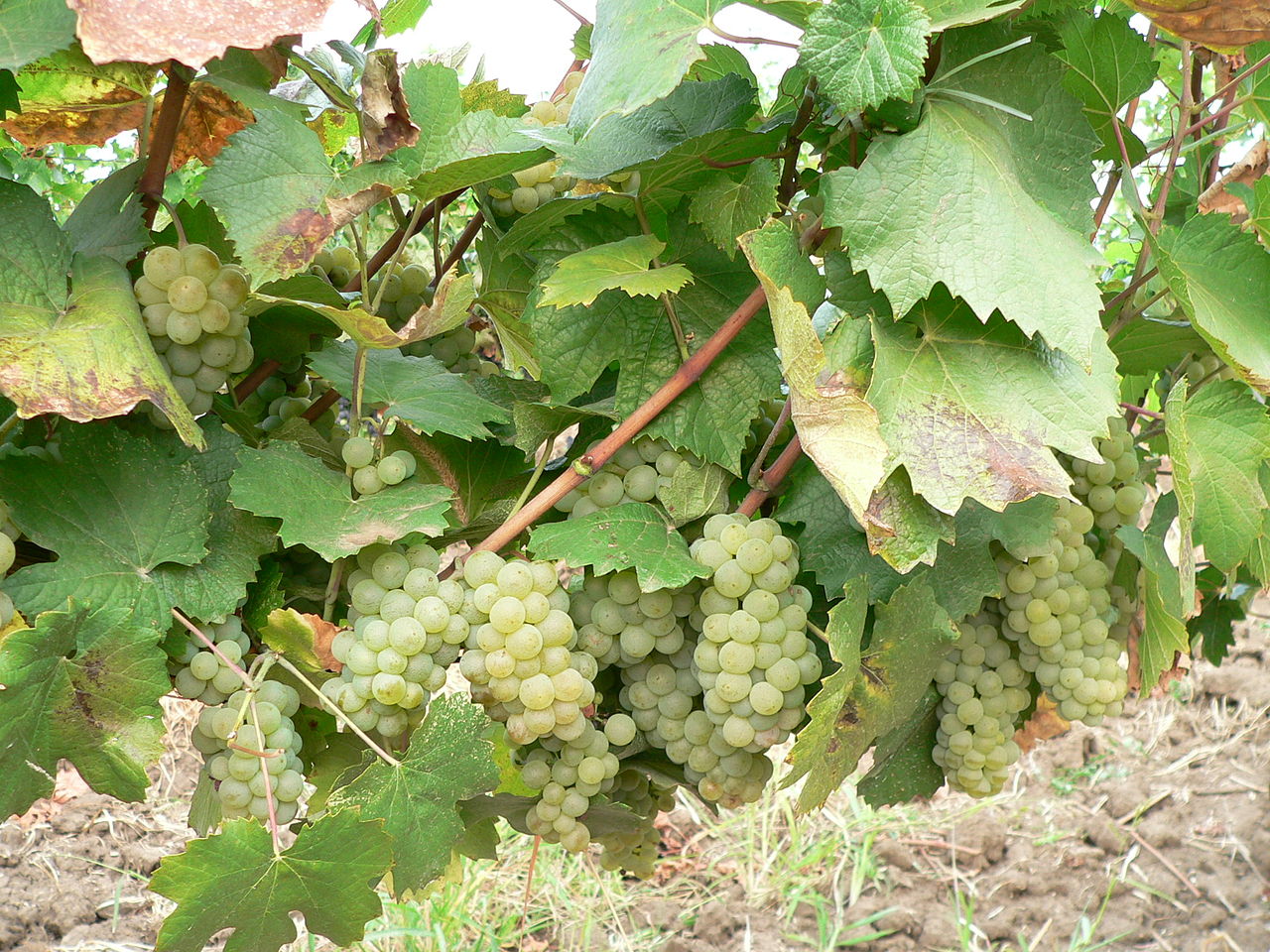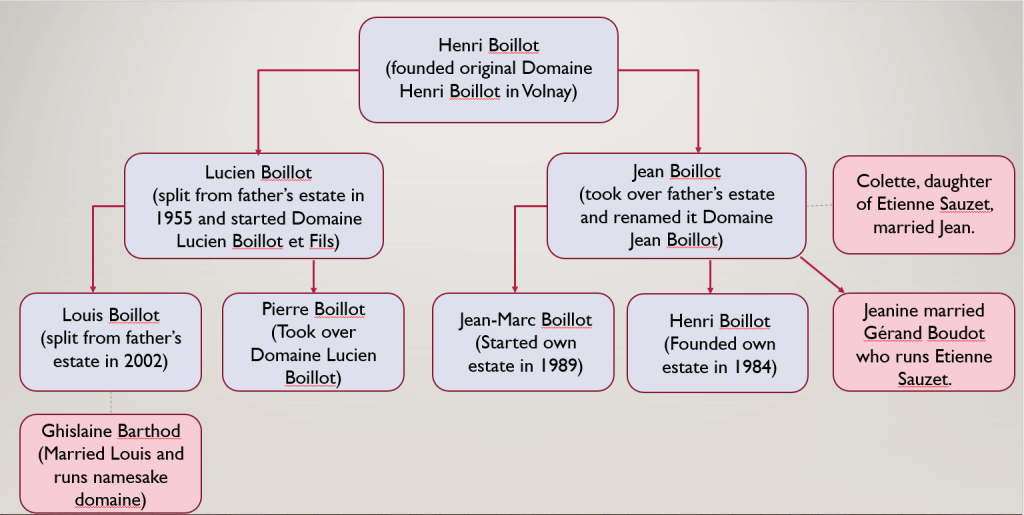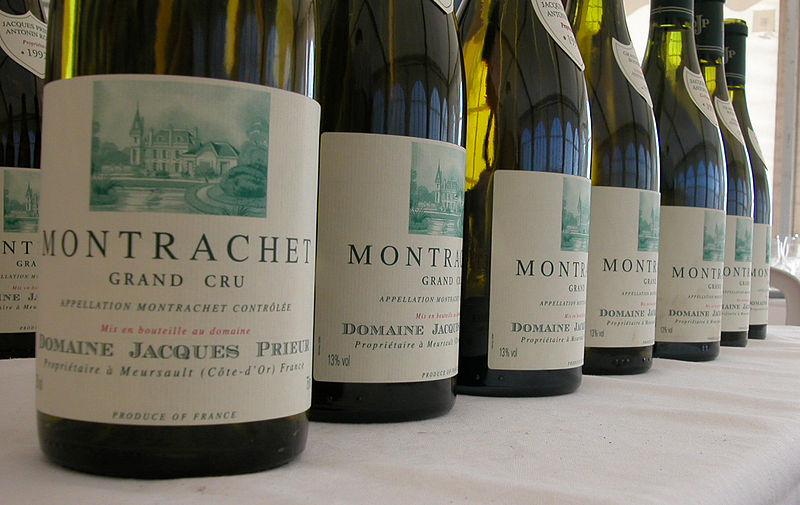
Here is what I’m reading today in the world of wine.
Interesting Tweets and Weblinks
Edouard Labruyère’s transformation of Domaine Jacques Prieur by Peter Dean (@TweetaDean) for The Buyer.
Domaine Jacques Prieur is one my favorite Burgundian estates and I was enjoying its sleepy-under-the-radar-status. With as crazy as prices in Burgundy can get, I was selfishly hoping that other wine insiders wouldn’t notice how sneaky good this estate has gotten over the last couple vintages under the winemaking direction of Nadine Gublin. But it looks like the cat is out of the bag.
Still I learn a lot of cool stuff in this article about DJP and its owner Edouard Labruyère–namely the expansion into Santenay (hopefully with affordable bottlings), the family owning Château Rouget in Pomerol, planting Syrah and Pinot noir in Beaujolais and the launch of Labruyère’s Champagne.
Sourcing from Grand Cru vineyards that use to supply Dom Perignon, this Extra Brut style Champagne is partially fermented in old white DJP barrels and spends 5 years aging on the lees. Looks like something to keep an eye out for.
LATOUR TO INCLUDE FORTS 2012 IN NEXT RELEASE by Rupert Millar (@wineguroo) for The Drinks Business (@teamdb)
Since Ch. Latour left the en primeur system in 2012, its been hard keeping track of their releases. While we still don’t know when the 2012 Grand Vin is going to be released, the estate announced that on March 21st, their second wine Les Forts de Latour will be released along with (re-release?) the 2006 Grand Vin.

While considered a “second wine”, in many ways Les Forts is really its own entity being sourced from three dedicated plots with only some years having declassified Grand Vin parcels included. That said, these plots are still tended to by the Latour viticulture and winemaking team and is often an outstanding wine.
Back in 2015, I did a side by side tasting of the 2005 Latour and 2005 Les Forts and you could certainly see how the pedigree shined through with the Les Forts. While the 05 Latour was way too young at that point, the Les Forts was raring to go at 10 years with many tasters thinking it was, at that moment, the better wine.
With the 2005 Latour averaging $1119 on Wine Searcher and the Les Forts averaging $263, it was certainly the best value of the night. It remains to be seen what the pricing of the 2012 will be.
14 OF THE MOST UNUSUAL GRAPE VARIETIES IN NAPA VALLEY by Ilona Thompson at Palate Exposure (@PalateXposure)
Ilona at Palate Exposure is quickly becoming one of my favorite content creators in the wine world. Her website is well worth a peak with fabulous original posts about winemakers and wineries with a Napa Valley focus. Of course I geeked out like crazy with this article!
While Grenache and Tempranillo aren’t very surprising and even Pinot Meunier makes sense with sparkling wine producers like Domaine Chandon in Napa, who knew about Lagier-Meredith’s Mondeuse? Heitz Cellars’ Grignolino or even Spiriterra Vineyards’ Scuppernong?
Napa Valley Scuppernong. For realz, y’all. Ilona just gave me my new unicorn-wine list.
Upcoming Posts for Taste Washington Wine Month!
First quick apologies to subscribers as last night we accidentally, kinda, maybe, sorta hit “submit” on an unfinished version of my book review of Paul Gregutt’s Washington Wines and Wineries: The Essential Guide. Our bad! All I can say is that the post will be finished properly and published shortly over the next few days.
Other posts in the pipeline for Taste Washington Wine Month include a Geek Out over Washington Cabernet Franc courtesy of Savage Grace Wines, an exploration of the legend of William (W.B.) Bridgman in Washington wine history and his lasting legacy of Harrison Hill and Upland Vineyards as well as a flashback post to last year’s Taste Washington Grand Tasting!
Plus more 60 Second Wine Reviews featuring exclusively Washington wine for the month of March. In April, we’ll get back to our regular peppering of Bordeaux, Burgundy, Napa and other fun wine reviews.


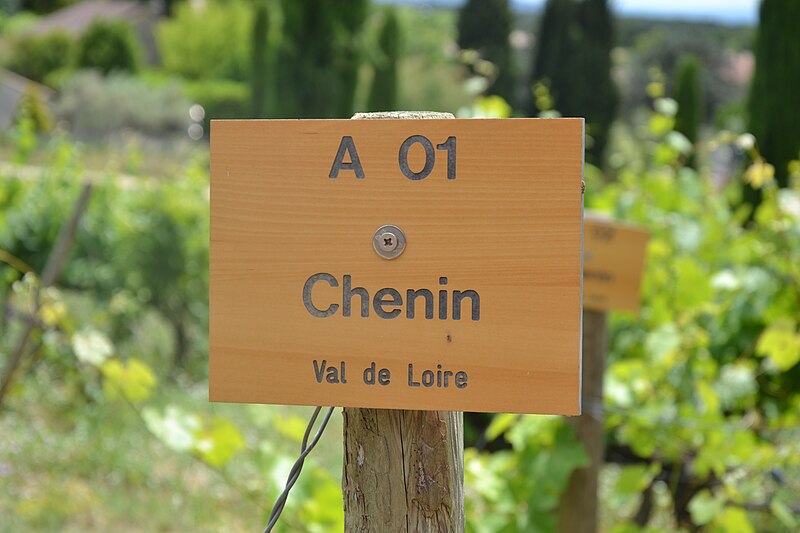
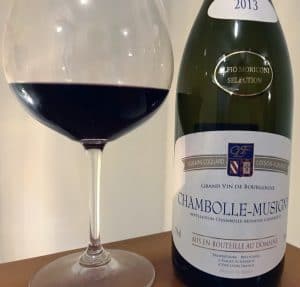

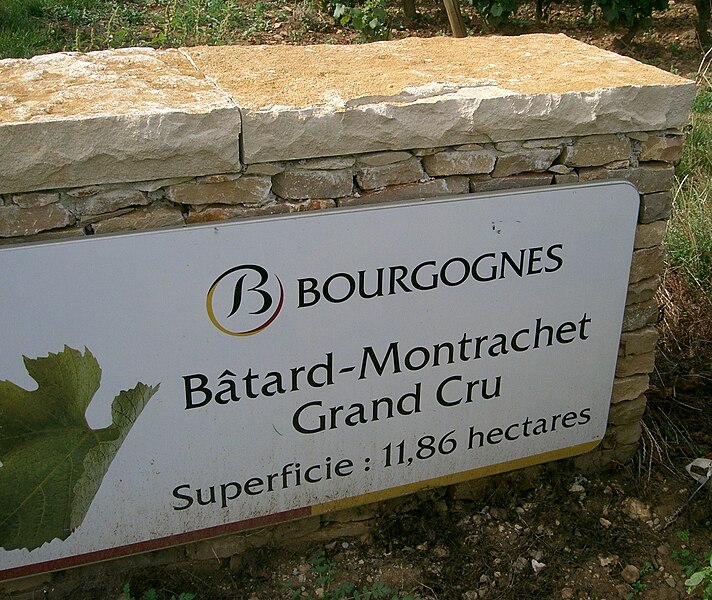 As with our first edition
As with our first edition 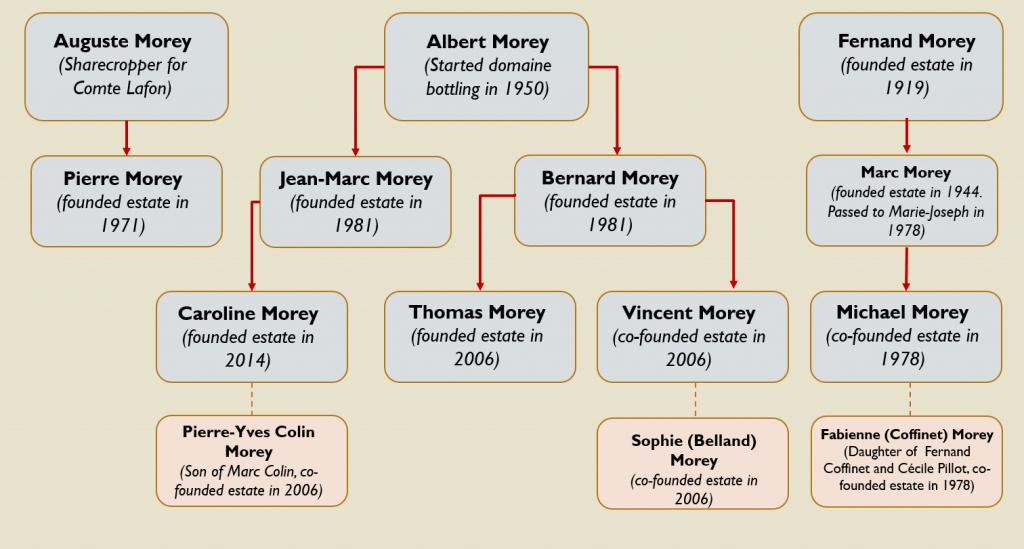
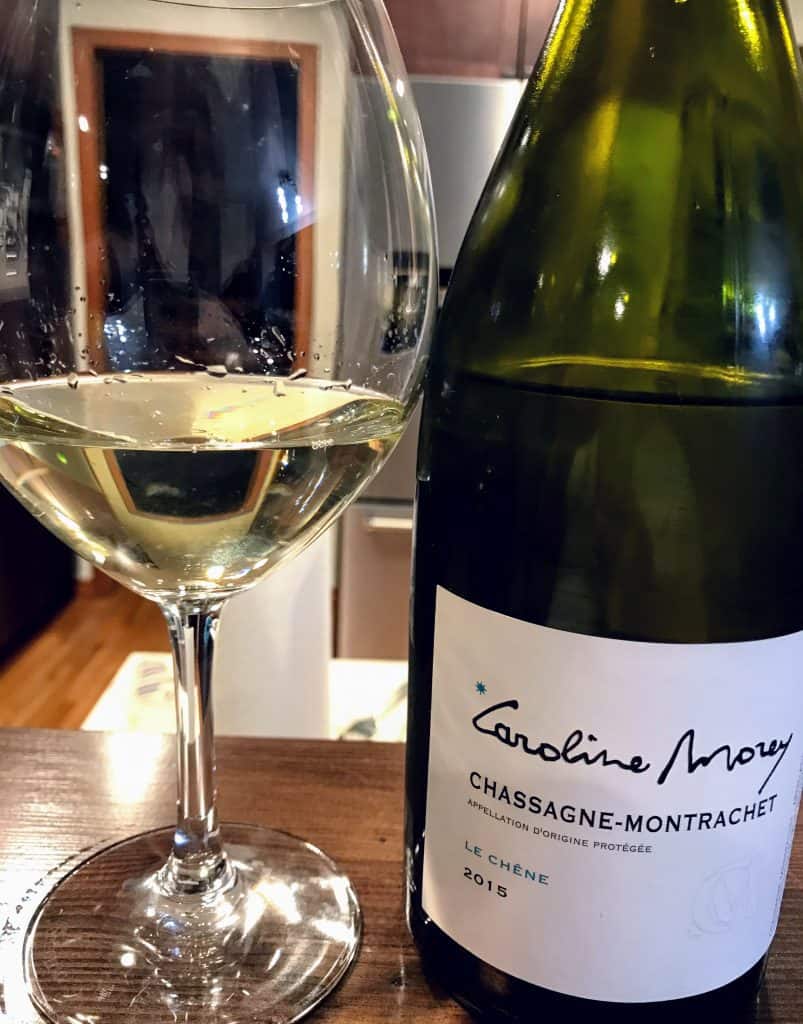
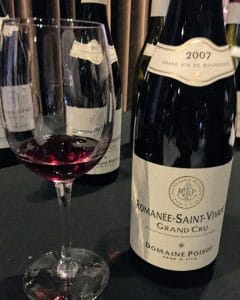

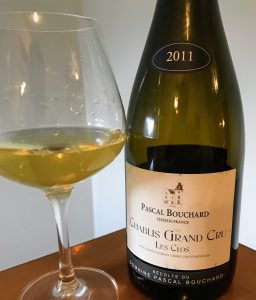
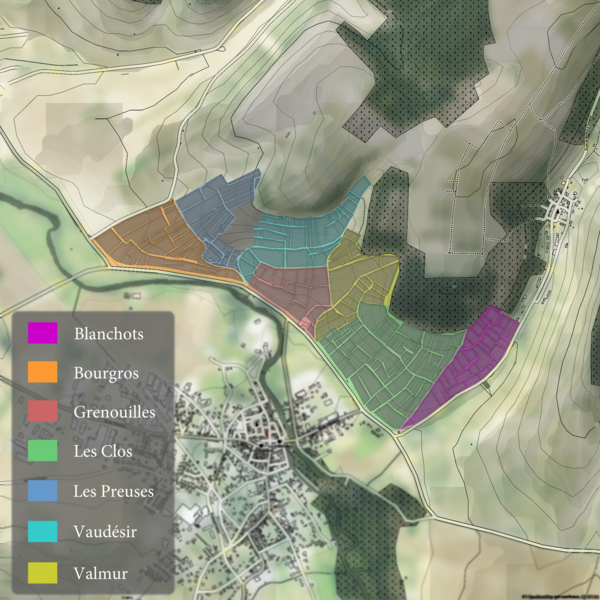
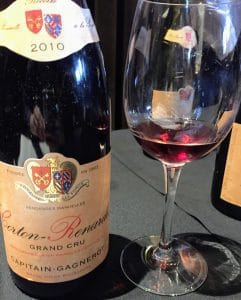
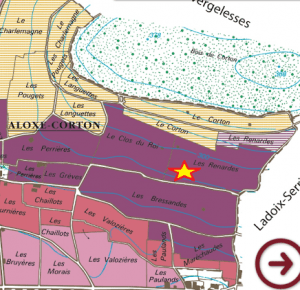
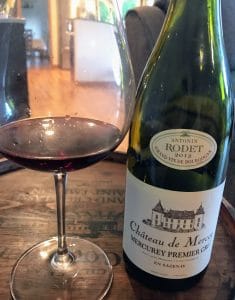 Some quick thoughts on the 2012
Some quick thoughts on the 2012 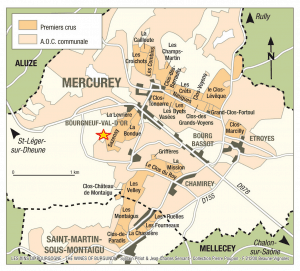
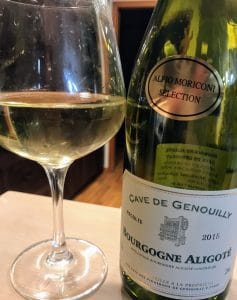 Going to need more than
Going to need more than 
